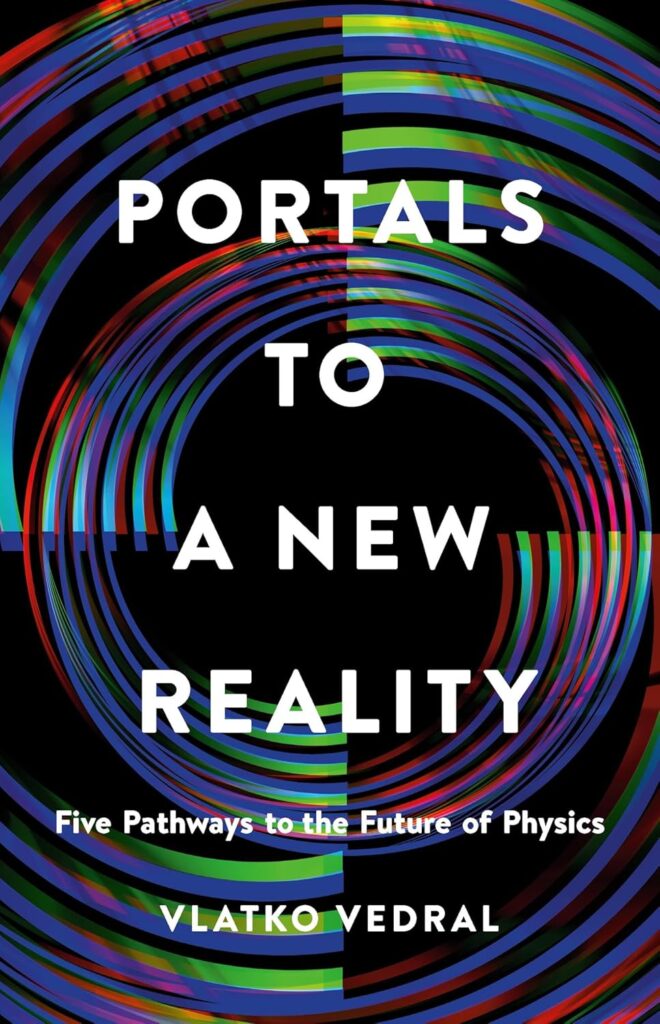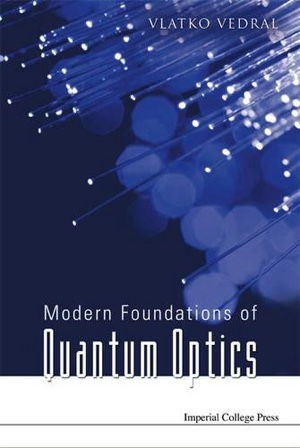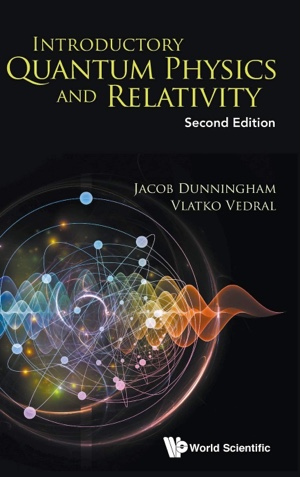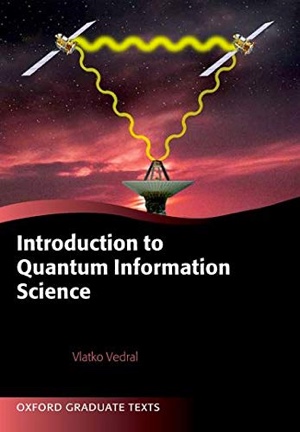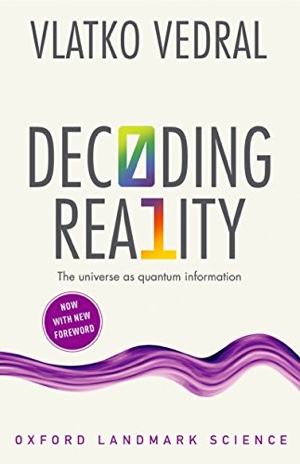It was my birthday last week and the best present I got was a telescope
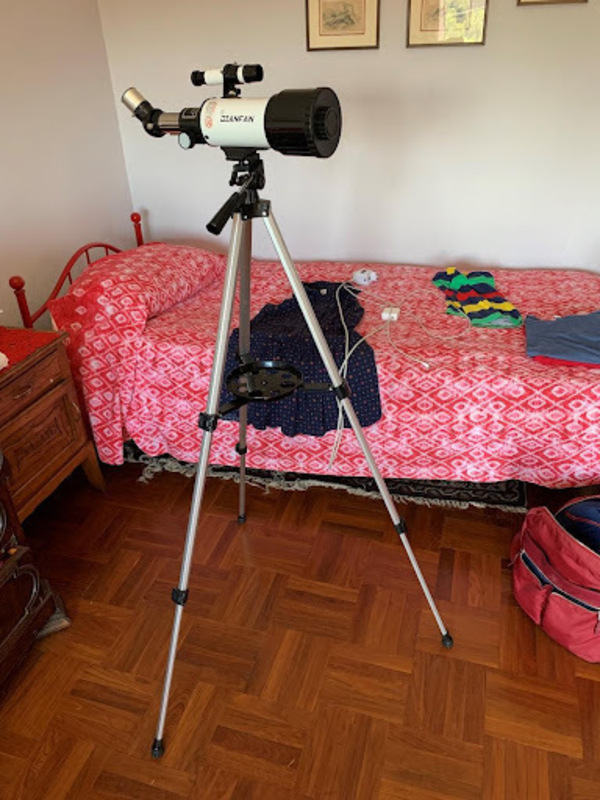
My birthday present
The first thing I did was point it at Saturn. I was lucky that the night was cloudless (I stood on a balcony of a house in a small village in Piedmont, Italy). It took a bit of time to zoom in on it properly (I calibrated it on the Moon first, as it was much easier to spot) but once I got Saturn in focus, I was super-excited to see the famous rings.
Galileo was the first person to report seeing Saturn’s rings (from a place effectively down the road from where I was and with a telescope far less powerful than mine!). He was greatly surprised and at first did not understand what they signified (he colourfully talked about the planet having “ears” – which were just the outer edges of the rings). By now we have acquired a lot more knowledge about the rings than Galileo ever did, however, their exact origin and properties are still hotly researched and debated.
Are the rings remnants of a moon that got too close to Saturn and disintegrated? Why do they have the shape they do? What is their exact composition? And so on…
I am of course a quantum physicist and what interests me the most is always whether there are some quantum effects at play in whatever I happen to think about.
You might think it crazy to contemplate that quantum physics could be relevant for large astronomical phenomena. However, quantum physics is not just important when we talk about tiny objects such as atoms and molecules. Quantum physics also determines macroscopic properties of matter, such as its colour, shape, whether it is conducting or insulating, magnetic or not and much much more.
Quantum physics is even utilised by living systems. For instance, it enables large spiders to defy gravity and climb up vertical smooth surfaces (I kid you not, that’s why their legs are hairy!). And – more to the point in question – quantum physics resists the force of gravity when some stars explode which leads to the existence of neutron stars (and which would, without quantum physics, all become black holes). I’ve talked at length about all this in my book “From micro to macro”.
But now, back to Saturn’s rings. They are largely made up of particles of ice. One theory, however, suggests that they are also superconducting. Superconductivity is a macroscopic quantum phenomenon, where some materials, when cooled down to very low temperatures, achieve the state in which the electrical current flows without resistance and can last indefinitely.
One of the defining features of superconductors is that they kick out magnetic fields. Namely, when you put a superconductor in an external magnetic field, its electrons conspire in exactly the way to cancel it, the phenomenon known as the Meissner effect. Michael Berry and Andre Geim used this to levitate a frog in a magnetic field by making it swallow a superconductor! (You can find this on YouTube – no frogs were hurt during the experiment).
There is a suggestion that Saturn, like our Earth, is a giant magnet, and the rings are the way they are because they are pushed away in the same way as a superconductor is in a magnetic field. Who would have thought that levitating frogs and the shape of Saturn’s rings are consequences of one and the same quantum phenomenon? This is exactly why I love physics – it magnificently uncovers a surprising unity in what would otherwise appear to be a chaotic universe.
This last bit is, I guess, largely irrelevant, as was perhaps the whole piece, other than just being a sneaky way of introducing my new blog, which this week appears as a feature article in New Scientist. The topic is quantum spacetime and I very much hope you enjoy it.
Sign up to my substack
BOOKS
ASK ME ANYTHING!
If you'd like to ask me a question or discuss my research then please get in touch.
